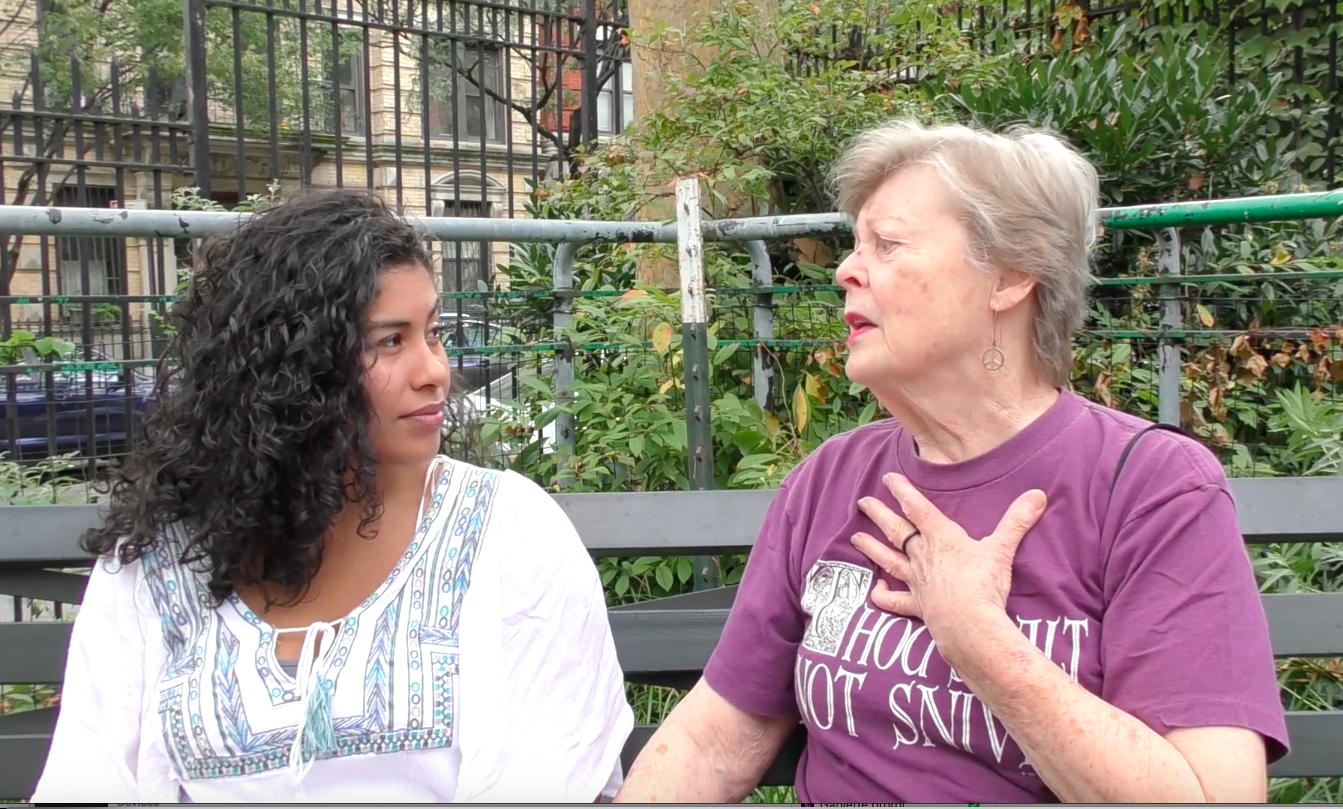
An increasing number of transit agencies across the country are finding that rebalancing bus stops speeds up the ride dramatically.
Too many bus stops means that buses aren’t moving as quickly as they should be.
Many bus stops around the country are too close together, slowing down the ride for everyone. Fortunately, transit agencies like SFMTA and Maryland MTA are taking steps to rebalance existing bus stop networks.
Bus stop balancing typically keeps stops that are key transfer points, as well as ones with high ridership. Priority is also granted to bus stops near community and senior centers.
People who can currently reach multiple stops won’t see any difference. For riders at stops that have been moved, the maximum added walk time to a new stop should be 1/4 mile at a maximum – approximately five minutes. This (slightly) longer walk means a faster ride, which will enable people to spend more time doing the things they love.
In New York City, buses spend 22% of their time at stops. The MTA has an initial plan to reduce stops on Staten Island Express buses, but needs to take a much broader look at the problem.
Along with all-door boarding, dedicated bus lanes and transit signal priority, stop balancing can help to make transit that’s worth walking to.
 On the Brink: Will WMATA’s Progress Be Erased by 2024?
On the Brink: Will WMATA’s Progress Be Erased by 2024?
The experience of being a WMATA rider has substantially improved over the last 18 months, thanks to changes the agency has made like adding off-peak service and simplifying fares. Things are about to get even better with the launch of all-door boarding later this fall, overnight bus service on some lines starting in December, and an ambitious plan to redesign the Metrobus network. But all of this could go away by July 1, 2024.
Read More A Bus Agenda for New York City Mayor Eric Adams
A Bus Agenda for New York City Mayor Eric Adams
To create the “state-of-the-art bus transit system” of his campaign platform, Mayor Adams will have to both expand the quantity and improve the quality of bus lanes. We recommend these strategies to get it done.
Read More